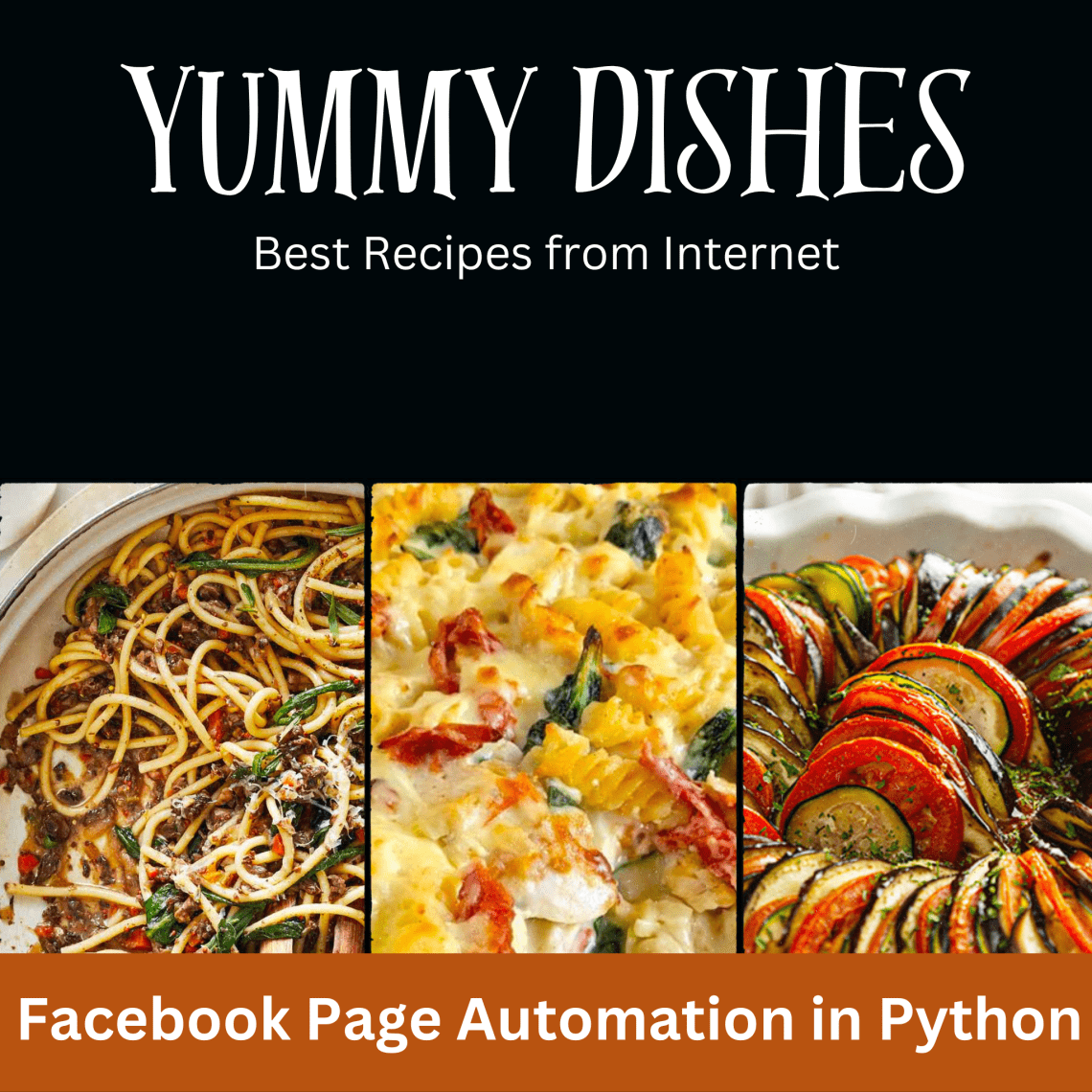Have you ever wondered how to pull out useful information from websites without the hassle? BeautifulSoup is your go-to tool for scraping HTML data effortlessly. In this article, we’ll walk you through the basics of web scraping using BeautifulSoup. No prior experience is needed! With its simple syntax and straightforward approach, you’ll quickly grasp the essentials of parsing HTML and extracting data from web pages. Join us as we explore the world of web scraping in a beginner-friendly way. By the end, you’ll be equipped with the skills to gather valuable insights from any website with ease. Let’s dive in and uncover the magic of BeautifulSoup together! BeautifulSoup Overview You…
-
-
Getting started with OpenAI Assistant APIs and Python
Earlier I had discussed using OpenAI Embeddings API to come up with a product recommendation system. In this post, I am going to discuss Assistant APIs, The APIs OpenAI provided to integrate custom GPTs. I am going to create a blog title generator in Flask that will be generating blog titles in the tech/gadget space. In case you are in a hurry you may want to watch the demo video of it: What is a custom GPT? According to OpenAI: …ChatGPT that combine instructions, extra knowledge, and any combination of skills. Custom GPTs, as the name says, are the customized versions of chatGPT that rely on your own data and…
-
Building an E-commerce Product Recommendation System with OpenAI Embeddings in Python
Earlier I had written a post about using OpenAI APIs to create a stock sentiment analysis by feeding news to GPT models. In this post, I am going to introduce the concepts of Word Embeddings or Embeddings in general. I am going to write a product recommendation system using OpenAI embeddings API that consumes product-related datasets from Kaggle. If you are in hurry or not interested in technical details, check the demo video below: Before I start developing the system itself, allow me to discuss a few words about embeddings and their need. What are embeddings According to Wikipedia: In natural language processing (NLP), a word embedding is a…
-
Create Your First Real Estate Lead-Capturing Chatbot Using Voiceflow and Python Flask
Introduction Chatbots are essential tools because they make communication between people and technology much easier. These clever programs can answer questions, provide helpful information, and even assist with tasks. In various fields like real estate, chatbots play a crucial role by engaging with potential clients, enhancing user experience, and helping businesses capture valuable leads. They’re like smart assistants who work around the clock, making interactions smoother and more efficient for everyone involved. Chatbots come in different levels of complexity, categorized as either stateless or stateful. Stateless chatbots treat each conversation as if it’s a new interaction with a user, while stateful chatbots can remember and consider past exchanges when generating…
-
Automate Your Finance Blog with WordPress and Google Bard in Python
Introduction Earlier I gave you an overview of how you can you GPT APIs to build a stock sentiment analysis system. In this post, I am going to introduce you to Google Bard, Google’s answer to OpenAI’s chatGPT. Bard has been around for a few months but they recently offered APIs to access their LLM. Initially, they introduced PaLM APIs but very recently they have offered Gemini Pro and Gemini Pro Vision APIs which means that like GPT4 Vision, you can now use Bard APIs to process images. We are not going to discuss image processing capabilities at the moment. I am going to offer a use case where I…
-
Using the RSI Indicator to Generate Trading Signals in Python with TaLib
This post is the part of trading series. In the past, I gave you a brief intro to Ta-Lib and how it can be used in technical analysis, in this post, I am going to discuss how you can RSI indicator to generate buy or sell signals in Python by using the TA-Lib library. Before I write code about the implementation, let’s discuss a bit about signal generation and RSI. What Are Signals In the world of trading, signals are cues or indicators that are derived from various kinds of analyses and guide investors on when to buy, sell, or hold shares. They help traders to make informed decisions based…
-
Automate Your Recipe Posts on Facebook Page with Python
A step by step guide how you can automate and schedule your Facebook Page posts using Facebook Graph API in Python
-
Getting started with On-chain Data Analysis in Python using getblock.io
On-chain data analysis involves studying the information recorded on a blockchain to gain insights into transaction patterns, market trends, and network behavior. By examining the data stored on the blockchain, analysts can uncover valuable information about user behavior, market sentiment, and the overall health of a blockchain network. In this post, I am going to discuss some basics about on-chain data analysis for blockchain and then will be discussing how we can leverage the getblock.io platform to perform on-chain analysis of transactions using Python language. What is On-chain Data Analysis? On-chain data analysis refers to the process of studying the information recorded on a blockchain. It involves analyzing transaction details,…
-
Create Stock Sentiment Analysis in Python using chatGPT
ChatGPT is a large language model developed by OpenAI that has gained immense popularity for its ability to generate human-like text responses to prompts. With its advanced natural language processing capabilities, ChatGPT has become a powerful tool for a variety of applications, including sentiment analysis. By analyzing text data and identifying the underlying sentiment, ChatGPT can provide valuable insights into customer feedback, social media sentiment, and other aspects of public opinion. In this blog post, I’ll explore how ChatGPT can be used for sentiment analysis without using any library or code to write the main logic. Let’s proceed! If you are in a hurry or not interested in technical details…
-
Creating an e-commerce bot to buy online items with ScrapingBee and Python
I wrote about ScrapingBee a couple of years ago where I gave a brief intro about the service. ScrapingBee is a cloud-based scraping service that provides both headless and lightweight typical HTTP request-based scraping services. Recently I discovered that they are providing some cool features which other online services are not providing as such. What are those features? I thought to explore and explain them with a real use case. I used Python language to automate the Daraz group’s shopping website, a famous e-commerce website service in Asian countries like Pakistan, Nepal, Bangladesh, and Sri Lanka. I am automating DarazPK since I am in Pakistan. You can view the demo…








